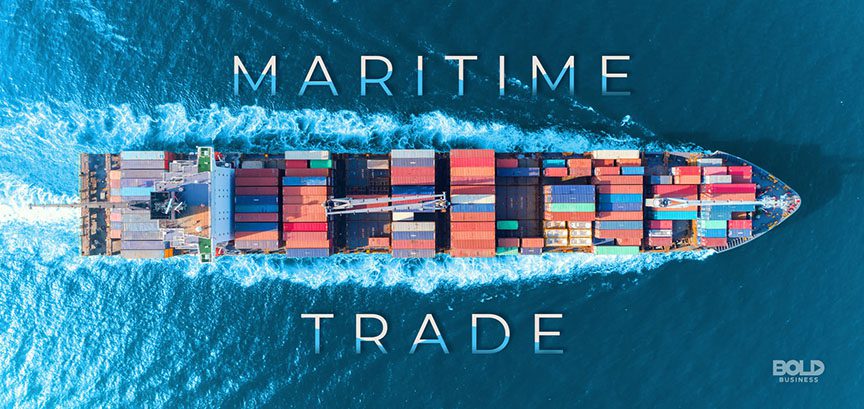Russia’s state-owned energy giants Gazprom and Rosneft had a very promising start to 2022. German Chancellor Olaf Scholz’s new coalition government announced several new gas-fired power plants to offset the phaseout of nuclear and coal-powered plants. The two largest contributors to the Russian state budget were set to benefit.
Gazprom was to oversee an enormous expansion of its natural gas deliveries to Germany — already its largest market, receiving a quarter of all Russian pipeline gas exports. The just-completed Nord Stream 2 gas pipeline still had a chance of being certified, despite fierce opposition from the United States and some of Germany’s allies in the European Union.
Rosneft, in turn, was about to take almost complete ownership of a key German oil refinery. The facility, in Schwedt, Brandenburg, supplies petroleum products to the capital, Berlin, the city’s rapidly expanding new airport and large parts of eastern Germany. These deals were awaiting final approval but faced no major hurdles.
Gazprom, Rosneft’s German operations in shambles
The year ends, however, with Gazprom’s gas deliveries to Germany completely halted, and Berlin nationalizing its Gazprom Germania subsidiary along with the firm’s natural gas storage facilities. And finally, the Nord Stream 2 project has been buried — all this as a result of Russia’s invasion of Ukraine.
Germany has since sourced alternative gas supplies to cut its dependence on Russian energy. Two liquefied natural gas (LNG) terminals have already started operations, and by next winter there will be at least six.
Rosneft has lost control of the Schwedt refinery, which is now under German state trusteeship and facing likely expropriation. The refinery plans to stop processing Russian oil on December 31 as part of the EU’s oil embargo. In the future, Germany will rely on other oil suppliers, including Kazakhstan.
In just 10 short months, Gazprom and Rosneft’s operations in Germany have turned to dust. The loss of the lucrative German market is, perhaps, the final nail in the coffin of Russia’s Europe-focused economic model.
Russian trade was geared toward Europe
Russia had long recognized that most of its key exports — crude oil, petroleum products, natural gas, hard coal and metals — were sold mainly to Europe, specifically to the European Union.
In return, Europe provided the machines and equipment to help modernize the Russian economy, while Russians lapped up European luxury goods.
The decision to prioritize Europe was not only based on geographic proximity. Historic and cultural ties also played a decisive role. Since the rule of Czar Peter I at the beginning of the 18th century, Russia has seen itself as an integral part of Europe and considered European countries as its preferred trading partners.
Almost all of Russia’s export-oriented gas pipelines, oil pipelines, railway lines, highways and air connections were oriented toward Europe. The modernization of oil, coal and container terminals at ports in the Baltic, Barents and Black Sea also hinged on continued trade with Europe.
European countries became the largest foreign investors in Russia, bringing capital, technology and know-how. This benefitted the oil and gas sectors, power generation, car manufacturing and food and retail, among others. American multinationals also invested extensively in Russia, but the US was never such a critical export market for Moscow like Europe.
Loss of EU market will hurt deeply
As 2023 arrives, the Russia-Europe relationship is in ruin. By launching a war in the middle of Europe, Russian President Vladimir Putin put an abrupt end to a well-functioning business model that he personally helped build.
Numerous European companies have left Russia entirely, while others have at least halted their investments. They acted because of EU and US sanctions, to protect their brand image, because business conditions in Russia have deteriorated or simply out of disgust for the war.
The biggest casualty, however, is the loss of Russia’s main export market. The most painful blow was dealt by the EU embargo on oil deliveries from Russia by sea. Having taken effect on December 5, the impact will not be fully felt for months. In August, Brussels cut off Russia’s coal industry from the European market. Until recently, EU countries bought around half of Russia’s coal exports. In February, a price cap on Russian petroleum products is expected to cause further pain.
Gazprom, meanwhile, has suffered more at the hands of the Kremlin than of Europe, after Putin insisted that Russian gas be paid for in rubles. In the summer, deliveries through the firm’s Nord Stream 1 pipeline to Germany were severely curtailed, before being stopped altogether in August, leaving Europe with the prospect of a heating shortage during winter.
Two German companies now plan to sue Gazprom for breach of contract over the vast amounts of missing gas. Any delay in settling the expected billions in damages will surely be another barrier, aside from political ones, to the return of Russian pipeline gas to Germany at some point.
Russia lacks time, money and skilled workers
Russia’s gas market is set to plunge into a deep crisis as a result of the loss of European deliveries. Although Moscow can divert its oil and coal exports to Asia, the country’s gas pipelines all point westward and cannot simply be rerouted to the east.
The Kremlin may say it will build new pipelines to Asia, but Russia lacks time, money and skilled workers. Moscow is fast burning through its financial reserves to fund the war, while many young, able-bodied men are either at the front line or dead.
Going forward, Moscow will struggle to fast-track an alternative to its Europe-oriented business model, leaving more and more Russians feeling the pinch.





